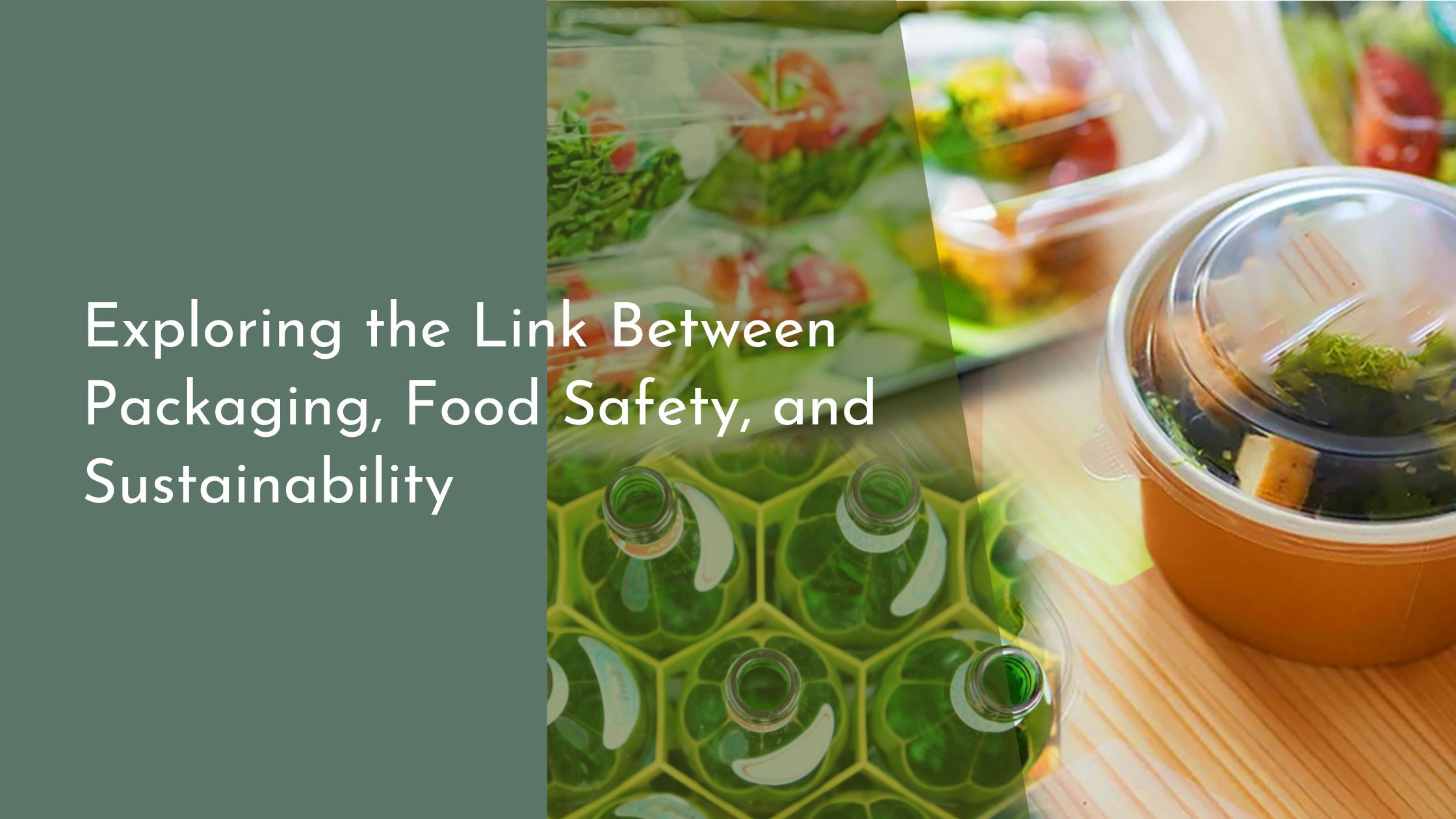Exploring the Link Between Packaging, Food Safety, and Sustainability
In recent years, the intersection of food safety, packaging, and sustainability has become a focal point for consumers, manufacturers, and environmentalists alike. As our global community becomes increasingly aware of the impact of waste and pollution, the demand for innovative solutions that ensure both food safety and environmental protection is greater than ever. This article delves into how packaging plays a crucial role in food safety, the latest advancements in packaging technology, and how these innovations align with the principles of sustainability.
Understanding the Role of Packaging in Food Safety
Packaging serves as the first line of defense against food contamination and spoilage. It acts as a barrier, protecting food from external factors such as bacteria, air, and moisture that can compromise its safety and quality. Without effective packaging, food products are left vulnerable to the elements, which can lead to health risks for consumers. Proper packaging not only preserves the nutritional value and freshness of food but also extends its shelf life, reducing food waste significantly.
Moreover, packaging provides essential information to consumers, such as expiry dates, instructions for storage, and labeling of potential allergens. This information is crucial for maintaining food safety standards and ensuring consumer well-being. In doing so, packaging satisfies regulatory requirements and builds consumer trust, reinforcing the importance of its role in delivering safe and consumable products.
Innovative Packaging Solutions for Safer Consumption
Advancements in packaging technology have introduced innovative solutions aimed at enhancing food safety. One such innovation is active packaging, which involves the incorporation of substances that interact with the food environment to extend shelf life and inhibit the growth of pathogens. For example, antimicrobial packaging materials release agents that fight off bacteria and mold, reducing the risk of foodborne illnesses. These smart solutions are evolving to meet the dynamic demands of modern food safety requirements.
Another promising innovation is intelligent packaging, which uses indicators and sensors to provide real-time information about the condition of the food. This type of packaging can alert consumers to changes in the product, such as temperature fluctuations or spoilage, ensuring that the food consumed is fresh and safe. By integrating technology into packaging, manufacturers are able to offer more sophisticated and reliable options that prioritize consumer health and safety.
Sustainable Packaging: Merging Safety with Eco-Friendliness
Sustainable packaging is gaining momentum as it seeks to address the dual concerns of food safety and environmental impact. Biodegradable and compostable materials are becoming popular choices, as they reduce the burden of waste while still providing effective protection for food products. These materials break down naturally, minimizing the ecological footprint associated with traditional plastic packaging. By adopting such eco-friendly options, the industry is moving toward a more sustainable future without compromising on food safety.
Recyclable packaging is another sustainable solution that is being widely embraced. By designing packaging that can be efficiently recycled, manufacturers not only reduce waste but also conserve resources and energy. Innovations such as plant-based plastics and reusable containers are paving the way for a circular economy, where materials are continuously repurposed and reused. These practices ensure that sustainability and safety go hand in hand, providing a win-win scenario for both consumers and the planet.
Concluding Thoughts: A Happy Intersection of Safety and Green
The journey toward integrating food safety with sustainability through packaging is a collaborative effort that involves consumers, manufacturers, and policymakers. As awareness of environmental issues grows, so does the demand for packaging solutions that are both effective and eco-friendly. The progress made in this field is encouraging, demonstrating that it is possible to protect consumer health while also caring for the environment.
In conclusion, the future of food packaging lies in the harmonious blend of safety and sustainability. By embracing innovative technologies and sustainable practices, we can look forward to a world where our food is safe to consume and our planet is equally cherished. This positive shift not only benefits current generations but also secures a healthier, greener future for those to come.
As we continue to explore the links between packaging, food safety, and sustainability, it’s clear that these elements are not mutually exclusive. Through technological advancements and a commitment to eco-friendly practices, we are crafting a future where our food systems are resilient, our health is safeguarded, and our environment is preserved. With these efforts, we can enjoy the best of both worlds—a safer, greener planet for all.

